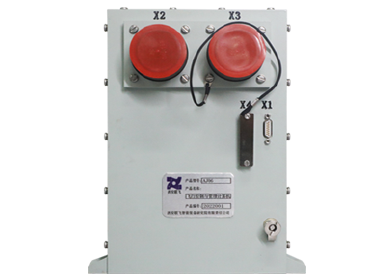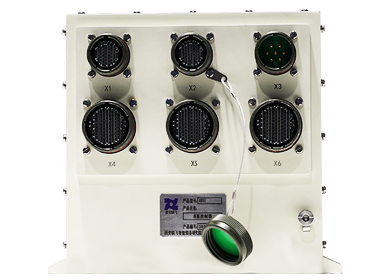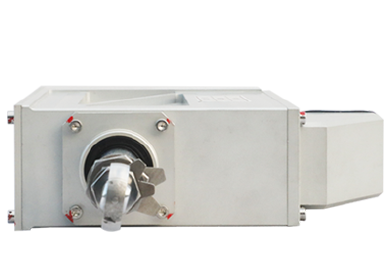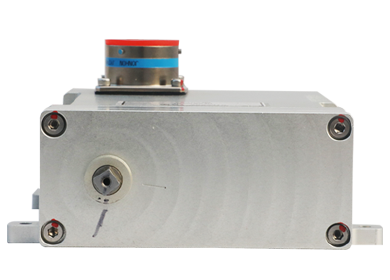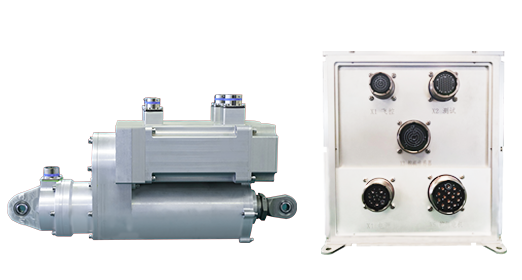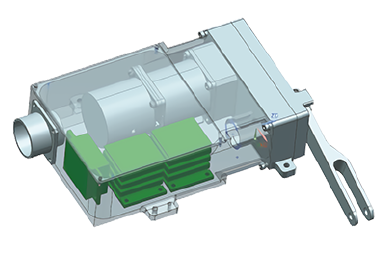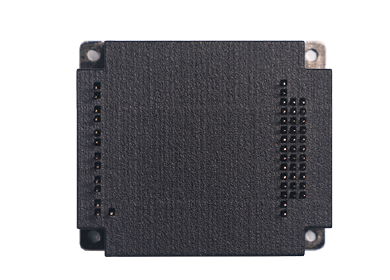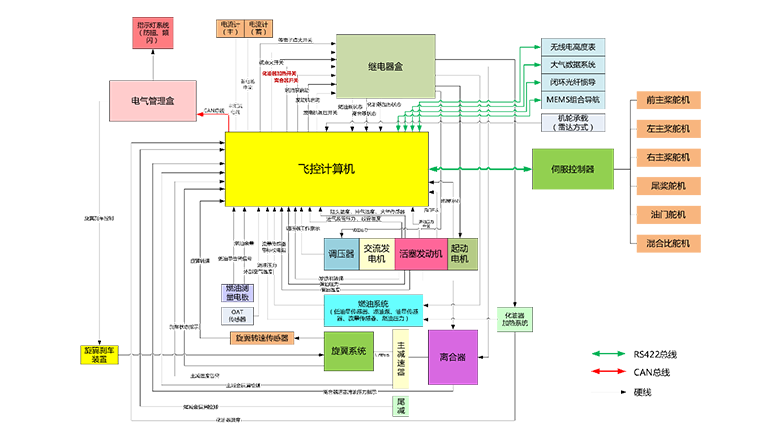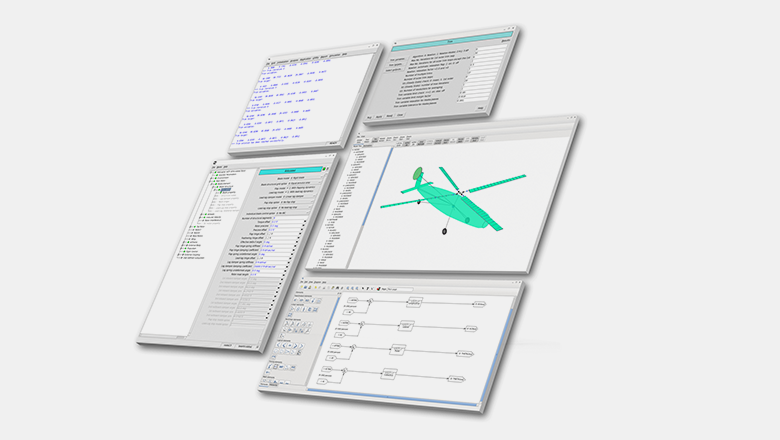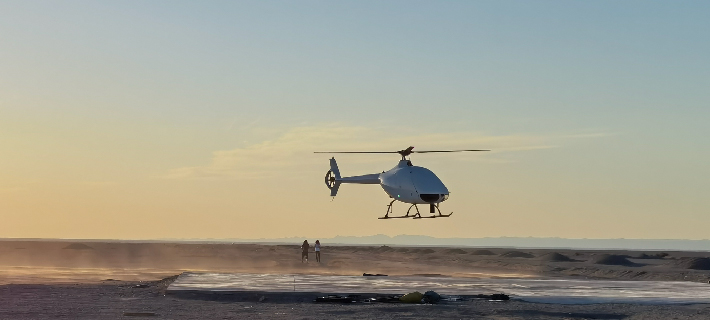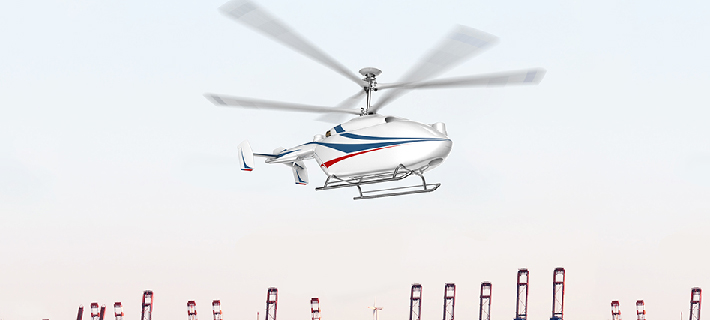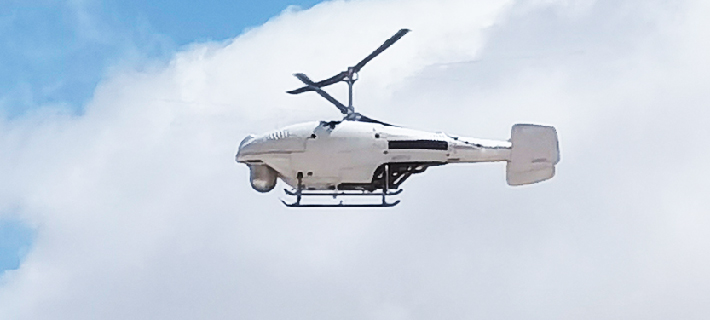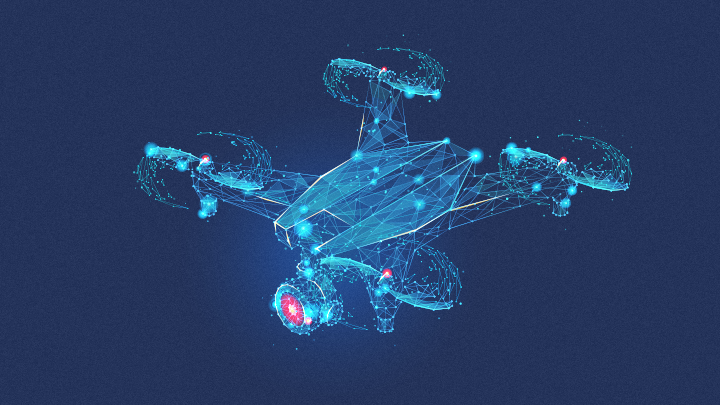The large-scale complicated systems and subsystems are developed based on the theories and methods for system engineering and requirement engineering so as to guarantee the optimal systems or subsystems from the functional architecture design to the physical architecture design.
An overt physical architecture is the result of design instead of the origin of design. For example, whether it is distributed type or comprehensive type, what is the system redundancy configuration level, and what is the system monitoring and detection measure as well as the system failure safety policy? We have accumulated a wealth of experience in these aspects, covering manned military and civil aircraft, unmanned helicopter, unmanned fixed-wing aircraft, missile and loitering munition, etc.
For critical products such as actuator, we will use diversified methods of compliance (MOC) for demonstration.
The safety design and analysis are carried out according to the civil aircraft airworthiness standards, including SAE ARP4761, SAE ARP4754, RTCA DO254, and RTCA DO178. The system compliance is demonstrated according to the airworthiness methods of compliance (MOC0-MOC9).
For the high-value system, failure detection and troubleshooting are the last means.
From the aspect of design, we ensure the product's optimal operating condition to extend its service life; from the aspect of operation, we monitor the product status all the time, extract the abnormal characteristic conditions, predict the product's health level, and maintain the product at a proper time. These are proper means for prolonging the product's service life and maximizing the product value. Health monitoring and management for critical products are performed by leveraging abundant sensors and algorithms, thus greatly reducing the maintenance cost.
With the technical progress and change of aircraft application scenarios, we need to continuously improve the UAV's capability in sensing the ambient environment so as to give proper response.
For example, during flight, sense and deal with the suddenly-generated gust, sense and avoid obstacles, sense and automatically take off from and land on unknown fields, sense and handle with the counterwork environment. We build up a set of smart kit suitable to the medium- and large-sized UAVs, perform information fusion by using diversified sensors (visual, laser, millimeter wave), which help implement high-accuracy positioning under the condition of satellite navigation denial, as well as mission-oriented online path planning, and autonomous remote take-off/landing.
To better achieve engineering applications, we need to perform mathematical abstraction for the physical world, and thus quantitative calculation, simulation, and digital control are required.
Therefore, modeling can be performed to everything, with the only difference lying on the modelling accuracy. For example, for the control system, control can be well done only if the dynamic model for the controlled target is known. The general modeling methods include mechanism modeling, model identification, data learning, etc. We have accumulated a wealth of experience in modeling for unmanned helicopter, rotorcraft, landing gears, etc.
For complicated systems, the ground integration verification and hardware-in-the-loop simulation (HILS) verification need to be performed first to lower the risk of flight test as much as possible.
During the verification test, interface characteristics, control accuracy, transmission bandwidth, control law, guidance law, redundancy management logic, and failure safety policies will be verified. With the experience and toughening of multiple types of products, we have gathered vast experience in building up the system verification environment and in carrying out system verification test.




